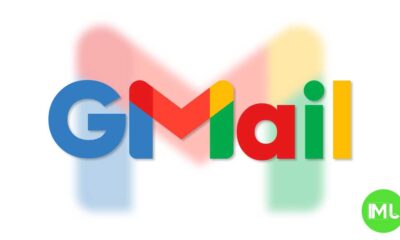AT&T won’t sell Pixel 9 Pro Fold: Google’s ongoing struggles with Pixel devices
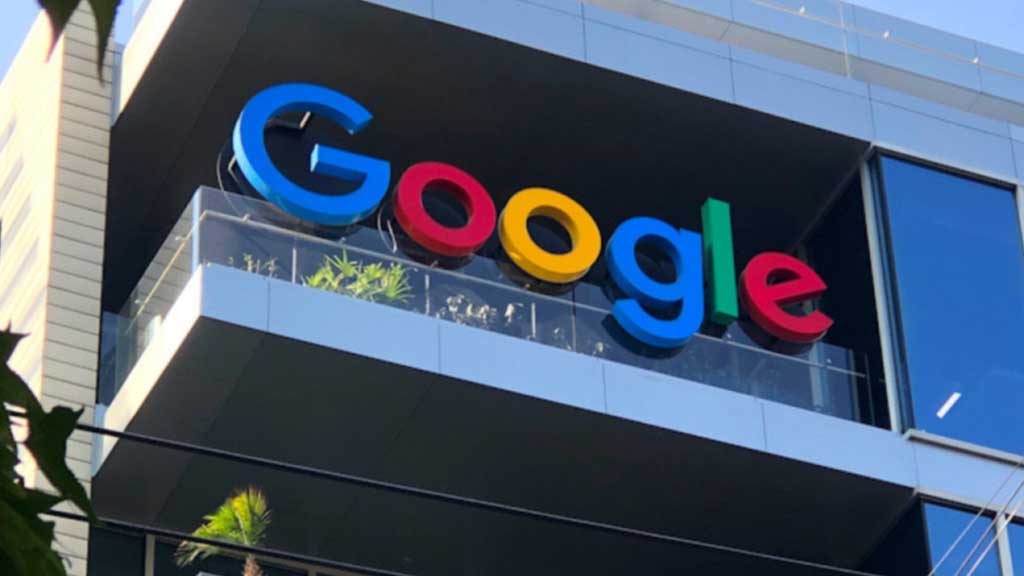
Top 3 Key Points:
- AT&T drops Pixel 9 Pro Fold: AT&T won’t offer Google’s Pixel 9 Pro Fold, which could impact Google’s sales in the U.S.
- Hardware challenges persist: Google’s Pixel series continues to struggle with hardware issues, despite improvements in AI and design.
- Questionable feature choices: Google faces criticism for inconsistent feature offerings and pricing strategies, particularly in global markets.
Google has recently introduced the Pixel 9 Pro Fold, their second-generation foldable phone. However, if you’re an AT&T customer eager to buy this new device, there’s some bad news. AT&T has confirmed that they will not be offering the Pixel 9 Pro Fold, a decision that could potentially hurt Google’s sales in the U.S. market. This is significant because AT&T is one of the largest carriers in the country, with nearly 72 million postpaid phone customers.
For many U.S. consumers, buying a phone through a carrier is the norm, as it often comes with attractive deals and promotions. While the original Pixel Fold was available through AT&T, the new Pixel 9 Pro Fold won’t be, although other Pixel 9 series devices, such as the Pixel 9, 9 Pro, 9 Pro XL, and Pixel Watch 3, will be offered by the carrier. It’s unclear whether AT&T will certify unlocked Pixel 9 Pro Fold devices for use on their network.
The Pixel 9 Pro Fold boasts several upgrades over its predecessor, including the powerful Tensor G4 chip, 16GB of RAM, and Google’s latest AI features. It’s also lighter and features larger displays, with a 6.3-inch cover screen and an 8-inch main screen. Despite AT&T’s decision, the Pixel 9 Pro Fold will still be available on Verizon and T-Mobile, with a starting price of $1,799 and a release date of September 4.
As a fan of Pixel phones, I appreciate their clean software and consistent camera performance, which often makes them my go-to device despite using various phones throughout the year. However, Google’s Pixel series isn’t without its flaws. Over the years, I’ve encountered several hardware issues, from screen problems on the Pixel 2 XL to random detachment of the volume rocker on the Pixel 7 Pro. These issues are more common with Pixels compared to other brands, raising concerns about the durability of these devices, especially now that Google is offering seven years of updates.
While Google’s focus on AI and software is commendable, the company still struggles with getting the basics right. Some of this can be attributed to hardware choices, such as using Samsung’s Exynos 2400 as the foundation for the Tensor G4 chip. Although Google doesn’t prioritize raw performance, the lack of effective thermal management in the Pixel 9 series makes them prone to overheating and throttling.
Moreover, Google has made some questionable decisions regarding feature availability across different markets. For instance, most global models of the Pixel 9 series come with a Wi-Fi 7 modem, but the models sold in India are stuck with an older Wi-Fi 6 modem. Similarly, certain features like 8K video and Night Sight video are limited to the Pro variants, and the base models still come with just 128GB of storage, which feels outdated in 2024.
It’s also puzzling that the base models of the Pixel 9 and 9 Pro XL have 16GB of RAM paired with only 128GB of storage, a combination that doesn’t make much sense. Google seems to be following Apple’s pricing strategy, encouraging customers to pay more for higher storage options, but without offering the same level of features and trade-in deals as competitors like Samsung.
While these might seem like minor annoyances, they add up, especially in the competitive flagship market where every detail counts. Google may position its devices as the best in AI, but if it wants to compete with Apple and Samsung on pricing, it needs to deliver on the basics as well.
Android
Android’s Find My Device speeds up with UWB coming soon
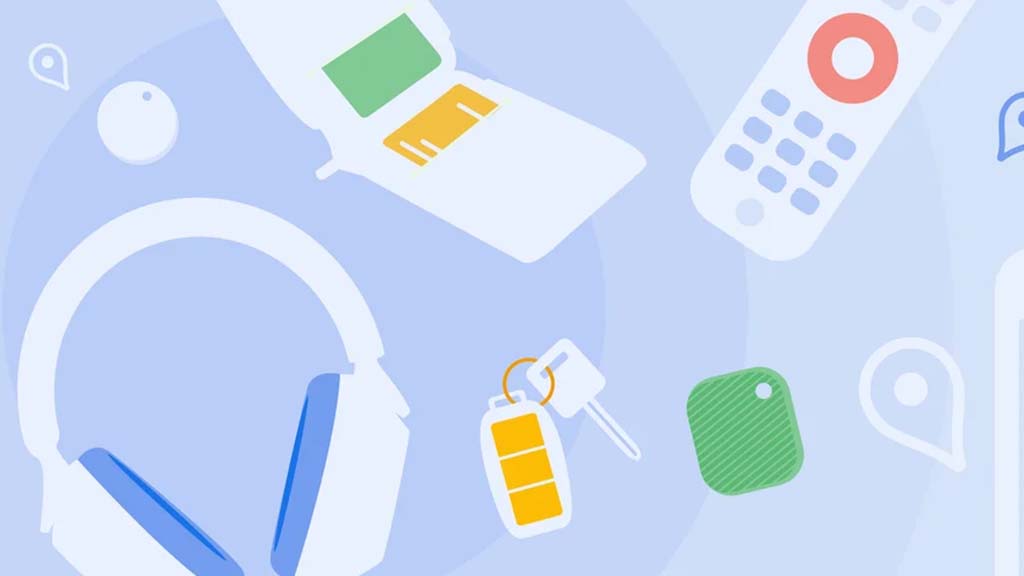
Google’s Find My Device network for Android has gotten a big boost, making it much quicker to locate misplaced items. Recent checks show it’s now four times faster than it used to be, keeping up with Apple’s AirTags in crowded spots like malls or events. For instance, at CES 2025, a tracker tucked in a bag updated its location just as fast as an AirTag nearby. This speed-up is thanks to more Android users turning on tracking for all locations, not only busy areas, which helps the system spot items more reliably.
In less crowded places, the network can still have trouble since fewer Android phones are nearby to share location signals. But Google’s working on this by nudging users through app alerts to enable tracking in quieter spots. Plus, recent updates to tracker software and apps have made connections more stable and accurate.
Looking ahead, Google’s gearing up to roll out ultra-wideband (UWB) technology. This will let you find items with pinpoint accuracy, even within a room, using cool augmented reality (AR) visuals, much like Apple’s setup. The Moto Tag, a tracker ready for UWB, is already available, just waiting for Google to activate this feature. Not all Android phones support UWB yet, but future models like the Pixel 10 might include it. These changes prove Google’s determined to make its Find My Device network a top choice for tracking lost stuff.
Gmail and Google Photos get new design and useful updates
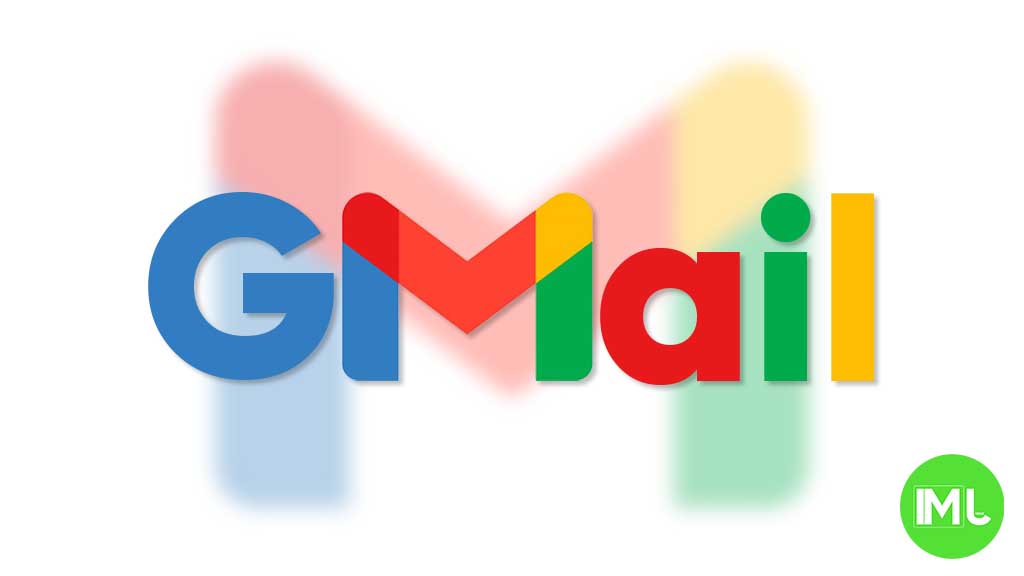
Google is giving Gmail and Google Photos some fresh updates to make things easier and more user-friendly.
First, Gmail on the web is now getting a new layout option. You can choose between “Cozy,” “Comfortable,” or “Compact” views based on how much space you want between your emails. Google is also adding a setting to control whether your inbox and labels stay on screen or only show up when needed. These changes make it easier to personalize how Gmail looks and feels.
Meanwhile, Gmail for iPhone is getting a visual upgrade. The app now uses Google’s updated design style called “Material 3.” You’ll notice a cleaner look with a rounded search bar at the top, smoother icons, and better spacing. Although the bottom bar and buttons look mostly the same, the overall design feels more modern and easier on the eyes.
Lastly, Google Photos is bringing back a helpful feature. The classic search shortcut that appears in the bottom bar is returning, making it quicker to find your photos. Before this, the shortcut had been removed when Google added the new “Memories” tab. Now, both features work together, letting you browse memories and search with ease.
These updates aim to make Google’s apps feel more useful, clean, and easier to use on both desktop and mobile.
Android
Android 16 boosts USB data safety and fixes delayed notifications on Pixel phones
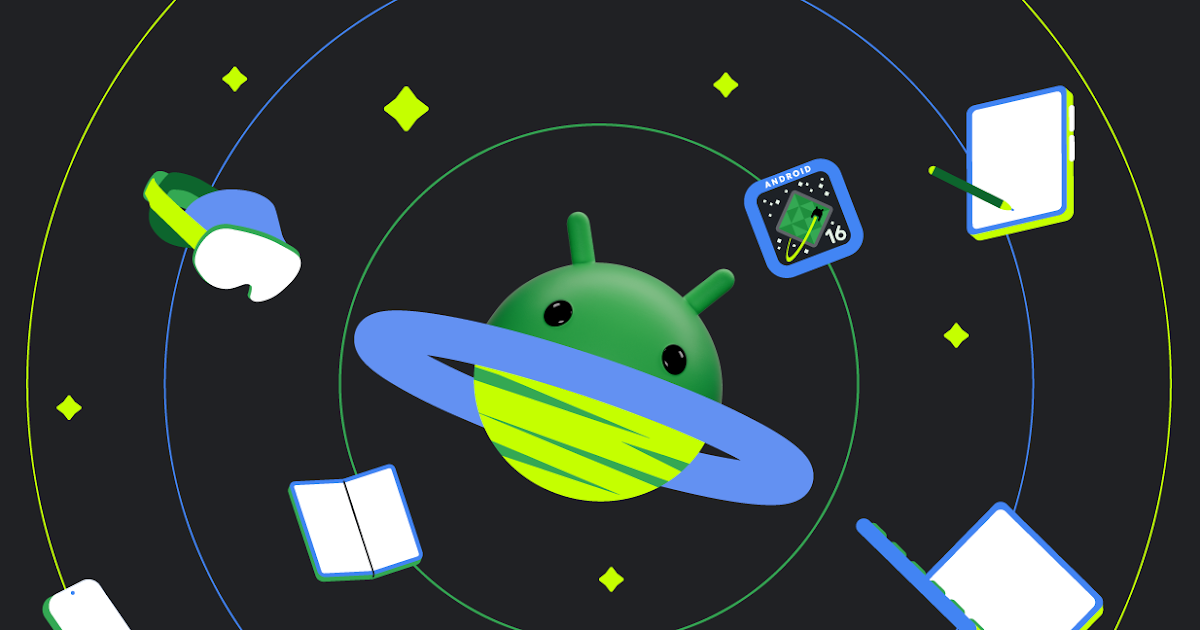
Google’s upcoming Android 16 update is bringing better security and some helpful improvements, especially for Pixel phone users. One of the main features in Android 16 is a new way to protect your phone’s data when it’s connected to a computer through USB. Right now, when you plug your phone into a PC or laptop, it can access all your data as long as you approve it.
With Android 16, Google is adding an extra security layer that only allows limited access unless you enter your PIN, password, or use your fingerprint. This will help protect your files if someone tries to access your phone without permission.
At the same time, Google is also working on a fix for a frustrating issue that some Pixel users have been facing for months — delayed notifications. After the April 2024 update, many users noticed that app alerts were not showing up on time, especially from messaging apps. Google has confirmed the problem and says a fix will be included in a future update, though it’s not in the current April patch yet.
Together, these changes show that Google is focusing on both stronger privacy and a smoother experience for Android and Pixel users. Android 16 is expected to roll out later this year, starting with developer previews.
-

 Apps1 year ago
Apps1 year agoGboard Proofread feature will support selected text
-

 News1 year ago
News1 year agoSamsung USA crafting One UI 6.1.1
-

 News1 year ago
News1 year agoBreaking: Samsung Galaxy S22 may get Galaxy AI features
-

 News1 year ago
News1 year agoSamsung Galaxy S23 Ultra with One UI 6.1 and all S24 AI features revealed
-

 News1 year ago
News1 year agoOne UI 6.1 Auracast (Bluetooth LE Audio) feature coming to many Samsung phones
-

 News1 year ago
News1 year agoSatellite SOS feature coming to Google Pixel phones, evidence leaked
-

 Apps11 months ago
Apps11 months agoGoogle’s fancy new Weather app is finally available for more Android phones
-

 News1 year ago
News1 year agoGoogle Pixel evolves as Europe’s third best selling flagship



